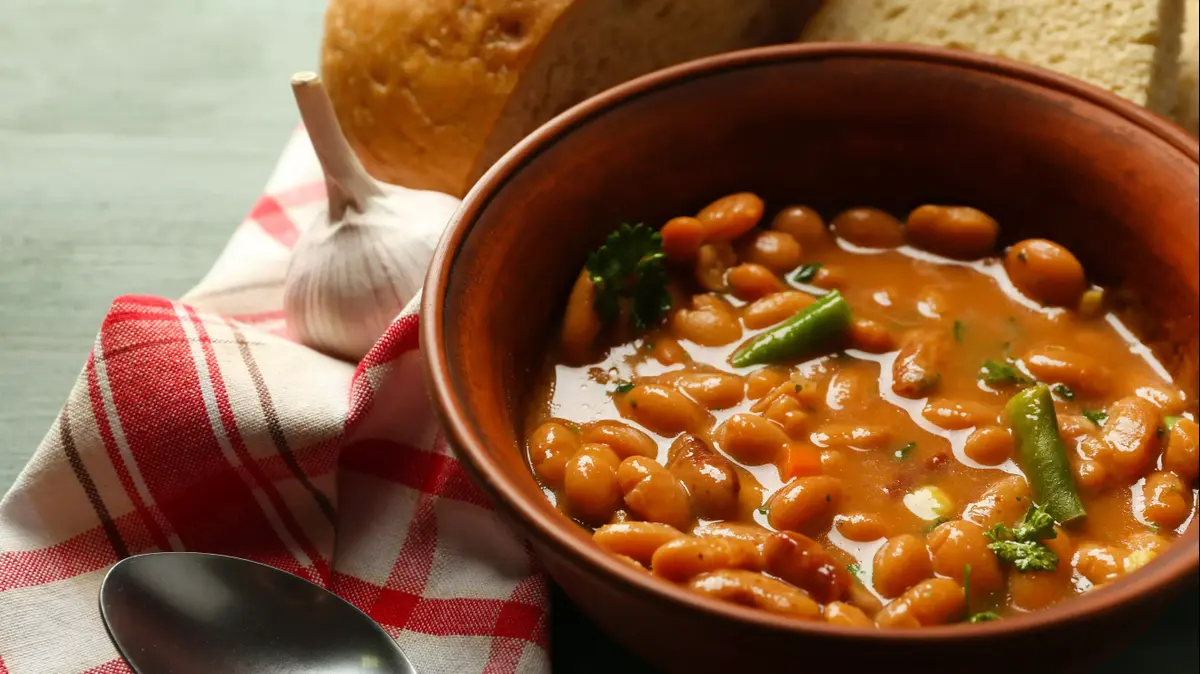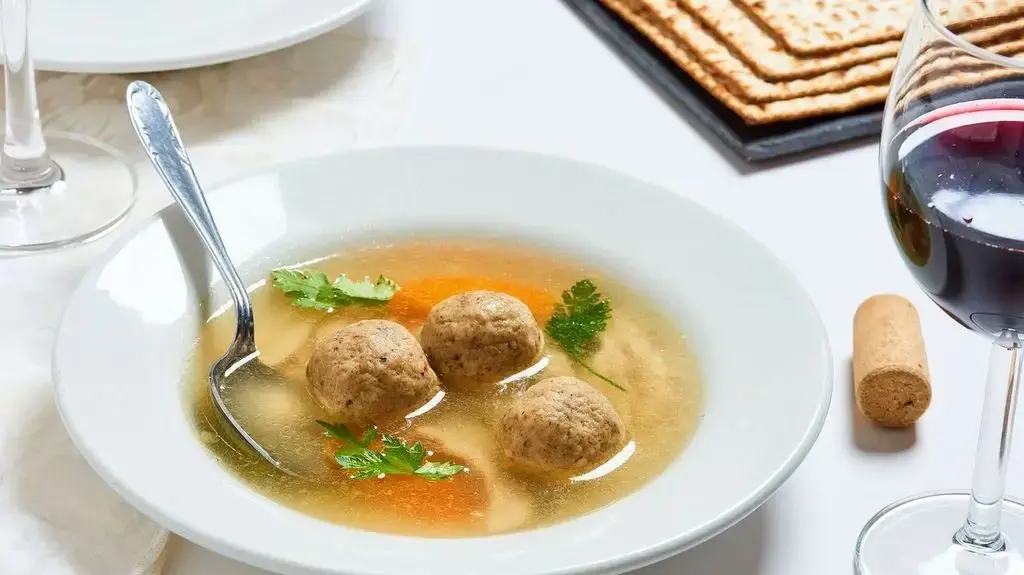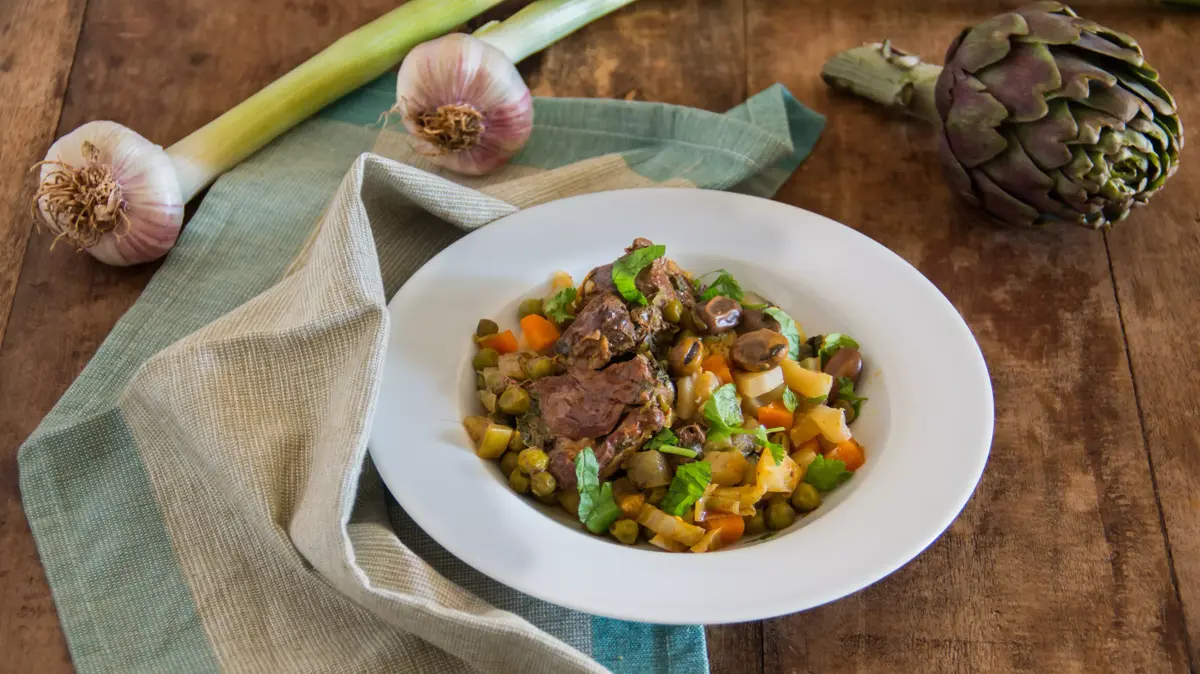These are the 2 ingredients you must add to your soup
With the arrival of winter and rain, warm soups take their place in Israeli cuisine. They will do well for your health anyway, but these two ingredients will make them much healthier and healthier
Soup is an excellent winter food. Bean soup (Photo: shutterstock)
Only beans (Photo: ShutterStock)
Winter is here and steaming soup pots are bubbling on the stove. Soup is excellent food for winter: it heats up, increases fluid intake (especially good for those who forget to drink in winter), and can also be rich and nutritious. Soups are a great opportunity to combine herbs and legumes, which are part of a Mediterranean diet, found to protect against obesity, diabetes and cardiovascular disease. Here are some things worth knowing about.
More in Walla! NEWS More in Walla! NEWSHow much soup is too much soup? Winter Diet Guide
To the full article Herbs:
The herbs include for example parsley, coriander, dill, onion and more. They add a lot of flavor and aroma to the dish. It also allows to reduce the use of salt, which in any case is excessive consumption in the Western diet. In addition, the herbs have many important nutrients: they are rich in antioxidants, dietary fiber and minerals and vitamins, including magnesium, folic acid, vitamin E and vitamin K.
More in Walla! NEWS
5 tips to help you not lose weight in the winter 5 Surprising Health Benefits of Coriander Sofing: This is how the Soup Becomes a Tasty Hot Healthy Clock: Hurry to Check Eligibility for Portuguese Citizenship and European Passport Promoted Content Legumes:
Legumes are a true food writer. Beyond adding flavor and variety, they have a very high nutritional value. They are rich in vitamins and minerals, such as magnesium, zinc and iron. As far as food fathers are concerned, they contain mostly complex carbohydrates and vegetable protein (about one-half, depending on the legume).
Contain mainly complex carbohydrates and protein. Legumes (Photo: ShutterStock)
Legumes (Photo: ShutterStock)
Legumes are a good source of soluble fiber, known for a number of good health effects: They help reduce LDL cholesterol (the so-called bad cholesterol). In addition, the fiber slows down the digestion rate, thus providing a prolonged sense of satiety. Since the whole meal is digested more slowly, the carbohydrates in the meal are also slowly digested and gradually absorbed into the bloodstream. This results in a moderate increase in blood sugar following the meal, so the legumes are characterized by low glycemic index, and are also suitable for people with diabetes or gestational diabetes. The soluble fiber also provides food for the gut microbial population, whose impact on health has been studied in recent years. By the way, other sources of soluble fiber are fruits and oats.
In the family of legumes that can be added to any soup you can find: lentils, chickpeas, Paul, dried peas, soybeans, beans (meaning dry beans on all issues - white, red, lobia, mash and more, but not green or yellow beans). These legumes go great in soups, and in stews and stews. They can be made from spreads (like chickpeas), and patties (not just for vegans, but also in meat or chicken patties). On hot days, they add flavor and color to salads.
Don't worry about the side effects. Pea soup with fennel (Photo: Nimrod Saunders)
Pea soup with Niro Koren's fennel and mint (Photo: Nimrod Saunders)
Despite all this good, most people do not use legumes on a daily basis. Two common barriers to eating legumes are the prolonged soaking and cooking, and gases in the stomach as a result of eating them. To overcome soaking and cooking, you can buy them frozen and cooked. You can find refrigerated cooked legumes, which are really ready to eat (look in the refrigerated vegetable area). Another option is to soak a large amount, cook almost full cooking, and freeze in small portions.
And what about the gases, and the desire to keep socializing after dinner without everyone suffering? It is recommended to replace the soaking water several times. The materials that make the gases go into the water, so every time you replace the water, they reduce their quantity. If you suffer from excessive gases, you can also boil the legume, pour the cooking water and then supplement the cooking with fresh water. Investors will also be able to germinate, thus enjoying more nutritional benefits.
And finally, here's a recipe for pea soup that combines both legume (peas) and herbs
Tali Nahum is a clinical dietitian and wants a healthy lifestyle









